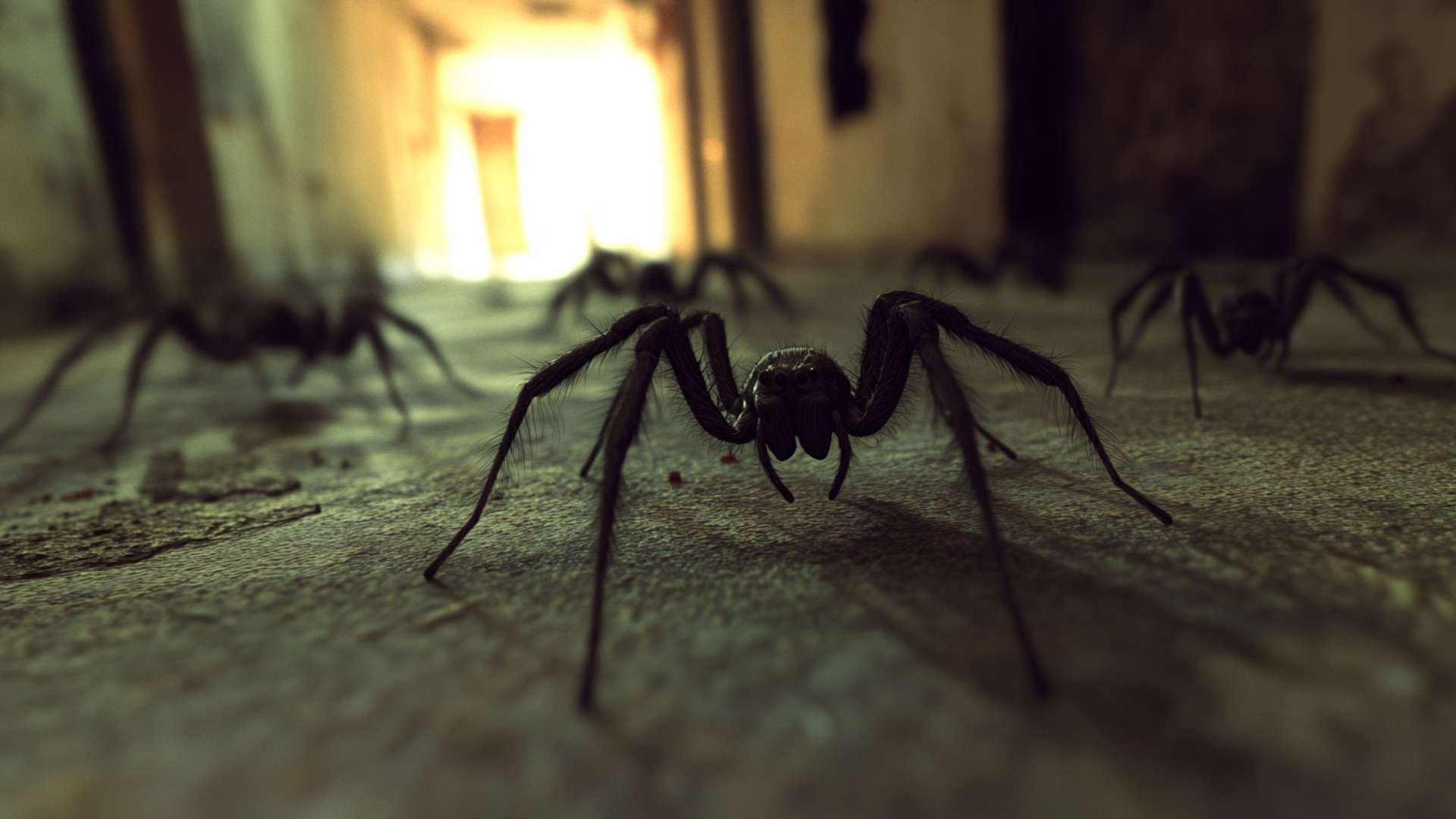The Tiny Acrobats of the Arachnid World
Nestled within the vibrant world of spiders, there exists a captivating and often overlooked group known as zebra spiders. These petite arachnids, scientifically classified under the genus Salticus, belong to the jumping spider species and possess a remarkable ability to leap with agility and precision. Don’t let their size fool you; these little acrobats pack quite a punch when it comes to both their appearance and behavior.
A Closer Look at Zebra Spiders
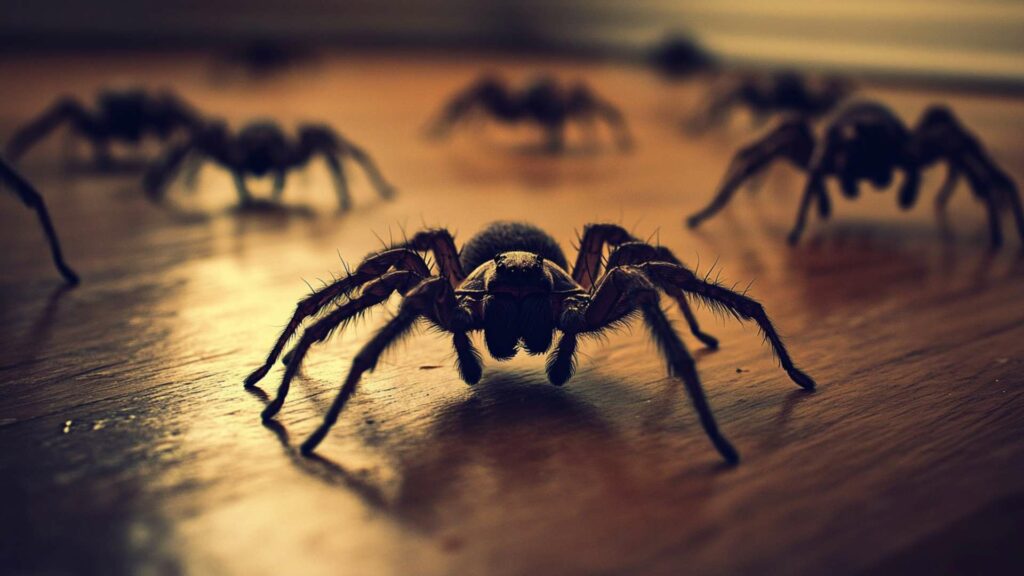
Zebra spiders, or zebra jumping spiders as they are sometimes called due to their striped appearance, typically measure between 6-10 millimeters in length. Their distinctive markings, which vary from species to species, consist of alternating bands of black and sometimes white hairs that adorn their compact bodies.
These stripes give them an undeniable charm that sets them apart from other arachnids. Beyond their captivating aesthetics, zebra spiders are known for their fascinating behavior.
Unlike other spider species that rely heavily on web-building for hunting prey, these remarkable creatures prefer an active hunting approach. With exceptional eyesight compared to many other spiders, they rely on keen vision rather than webs to detect and stalk their unsuspecting victims.
When hunting for prey – primarily insects – zebra spiders employ an inventive technique: stalking silently before rapidly pouncing on their target with incredible precision. Their jumping ability is truly impressive; they can leap distances many times their own body length in a few hours in pursuit of a meal.
This unique method of attack makes them agile predators in the intricate dance of survival. As summer unfolds across the northern hemisphere, zebra spiders emerge from hibernation during early summer months.
During this season, you might catch a glimpse of these tiny yet captivating creatures scuttling about with remarkable speed as they establish territories, build webs and seek potential mates. It is during these warmer months that zebra spiders lay their eggs in small, silken egg sacs, ensuring the next generation of acrobatic hunters will continue to grace our surroundings.
In the following sections, we will embark on a fascinating journey to uncover the truth about zebra spiders and address the question on many minds: Are zebra spiders poisonous? We will delve into their venomous nature (or lack thereof), explore potential dangers associated with their bites, dispel misconceptions surrounding their toxicity, and provide valuable safety measures for coexisting harmoniously with these intriguing creatures in our shared world.
Zebra Spider Venom
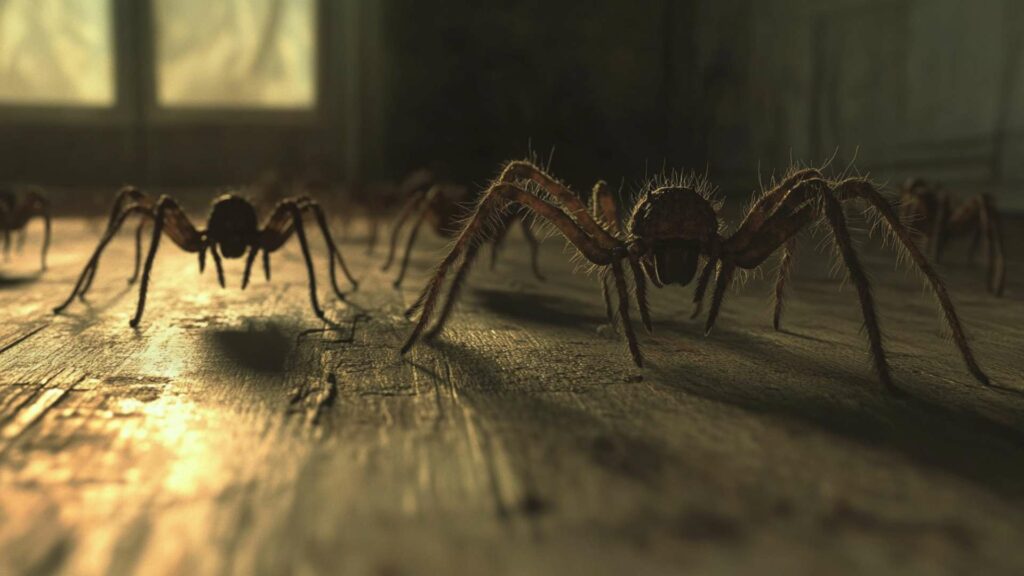
Overview of spider venom and its purpose
Spider venom, derived from the Latin word “venenum” meaning poison, is a fascinating adaptation possessed by many arachnids. It serves as a crucial tool for spiders to catch prey, defend themselves against potential threats, and facilitate digestion.
However, the presence of venom varies across different spider species. While some spiders rely on venom to incapacitate their prey or fend off predators, others lack this potent weapon altogether.
Discussion on whether zebra spiders possess venom
Now let’s delve into the intriguing question of whether zebra jumping spiders poisonous are equipped with venomous capabilities. Zebra jumping spiders (scientifically known as Salticus scenicus) fall under the larger family of jumping spiders (Salticidae) known for their agile hunting techniques and remarkable vision. Contrary to popular belief, most jumping spiders do not possess venom glands like their more notorious web-building relatives.
While zebra jumping spiders may not be poisonous in the traditional sense that they have venom designed to harm or incapacitate larger creatures such as humans or other animals, they do produce a mild form of venom that assists them in subduing their insect prey. This specialized compound helps break down bodily tissues and immobilize unfortunate small insects that find themselves at the mercy of these skilled hunters.
However, it is important to note that zebra jumping spider infestation and bites on humans are extremely rare occurrences and generally produce only mild pain or localized irritation rather than any serious health concerns. Overall, while zebra jumping spiders utilize a form of mild venom for hunting purposes and defending against smaller threats in their natural environment, we can safely conclude that they pose no significant danger to humans.
The Anatomy of a Zebra Spider Bite: Unveiling Their Stealthy Attack
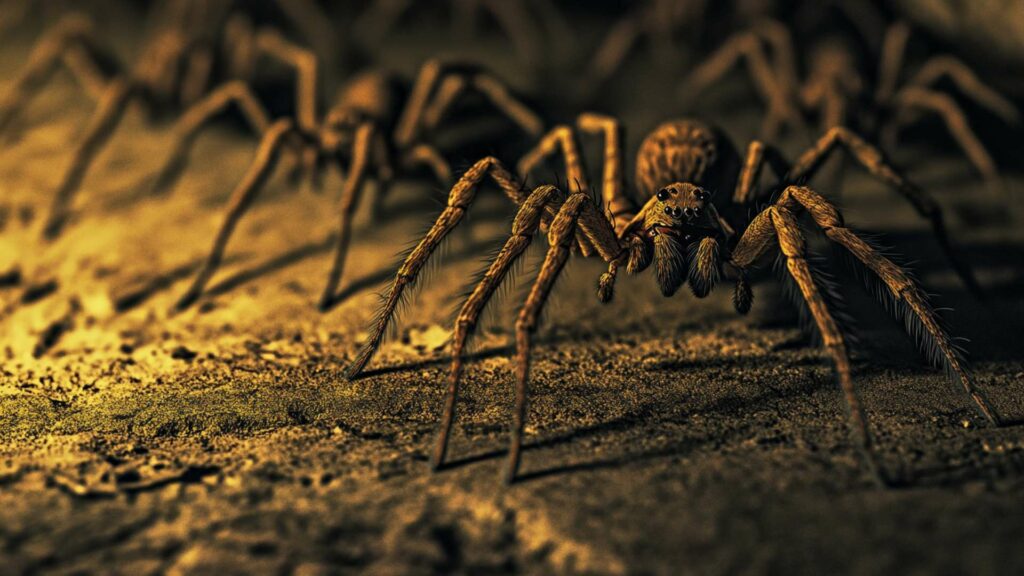
When it comes to the anatomy of a zebra jumping spider bite, these agile creatures have developed a remarkable strategy to subdue their prey. Zebra spiders, belonging to the family Salticidae and commonly known as jumping spiders, possess unique characteristics that make them stand out from other arachnids. With their small size and distinct markings, including stripes and dense hairs on their bodies, male zebra spiders are particularly fascinating.
When hunting for prey, the zebra spider relies on its exceptional jumping ability. With their robust front legs propelling them into the air with remarkable precision, they approach their unsuspecting victims silently like skilled acrobats.
Once jumping spider bites within striking distance, they pounce on their prey and deliver a venomous bite. It is important to note that not all species of jumping spiders are venomous; however, some species within the Salticus scenicus family are known to produce venom.
The Sting of a Zebra Spider: Common Symptoms of Their Bite
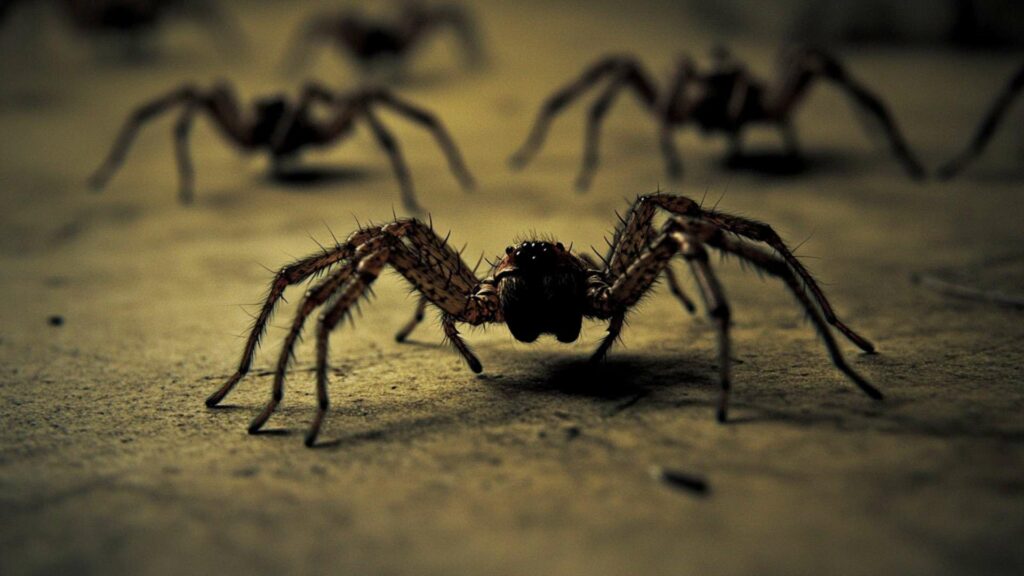
If you find yourself on the receiving end of a zebra spider’s bite, you may experience specific symptoms caused by the injection of venom into your skin. Although zebra spider bites are generally harmless to humans and medical attention is rarely required, it’s essential to be aware of potential reactions.
Most individuals bitten by zebra spiders report experiencing localized symptoms at the site of the bite. These can include redness, swelling, and mild pain or discomfort.
The reaction is typically similar to that caused by insect bites such as mosquitoes or ants. In rare cases where individuals may have allergies or sensitivities to other arachnids or insect venoms, there is a possibility for more severe reactions.
An allergic response could manifest as an itchy rash spreading beyond the bite area, followed by generalised symptoms like difficulty breathing or dizziness. However, it’s important to highlight that such allergic reactions to zebra spider bites are incredibly rare.
Venomous or Harmless?

Differentiating between venomous and poisonous creatures
When it comes to zebra spiders, it’s important to understand the distinction between venomous and poisonous creatures. While the terms are often used interchangeably, they actually refer to different modes of defense.
Venom is a substance produced by certain animals, like spiders, snakes, or scorpions, which they inject into their prey using specialized fangs or stingers. This venom helps them immobilize or kill their prey for feeding purposes.
On the other hand, poison refers to toxins that are ingested or touched, typically found in plants or animals such as poison ivy or dart frogs. So, in the case of zebra spiders, we need to determine whether they produce venom and if it poses any harm to humans.
Examining scientific research on zebra spider venom toxicity

Scientific research on zebra spider venom toxicity is rather limited compared to other well-studied spider species. Zebra spiders belong to the jumping spider family (scientifically known as Salticidae), which includes a diverse range of species with varying levels of toxicity.
Unlike some more notorious spider species with highly potent venoms capable of causing severe harm in humans, such as black widows or brown recluse spiders, zebra spiders have not been implicated in any significant health risks. While zebra spiders do produce venom for subduing their prey, there is no substantial evidence suggesting that this venom poses a significant threat to humans.
Their tiny size (typically around 0.4 cm in body length) and non-aggressive nature further reduce the likelihood of serious consequences resulting from encounters with these fascinating arachnids. However, it’s important to note that individual reactions can vary due to allergies or sensitivities; thus, mild symptoms may occur if someone happens to be allergic to zebra spider venom.
Potential Dangers of Zebra Spider Bites
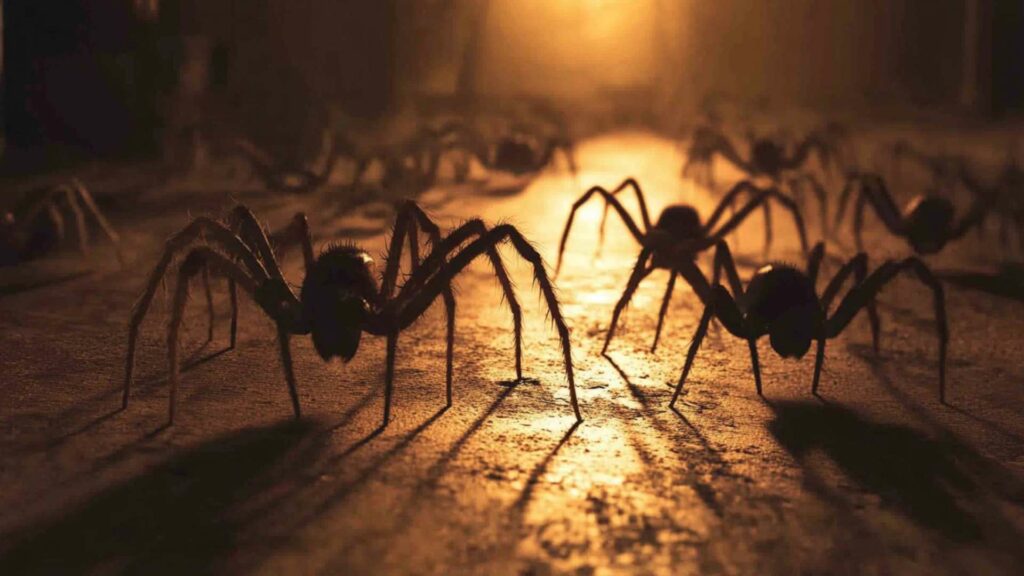
When a Bite Goes Awry: Allergic Reactions and Indicators
Zebra spiders, despite their diminutive size, can occasionally deliver bites that trigger allergic reactions in susceptible individuals. Allergies to other arachnids, such common species such as the notorious black widow or brown recluse spiders, may serve as potential indicators for an individual’s likelihood to react adversely to a zebra spider’s bite.
These allergies can manifest in various ways, ranging from mild skin irritations to more severe symptoms like difficulty breathing or swelling. However, it is important to note that instances of allergic reactions specifically attributed to zebra spider bites are relatively rare.
The rarity of allergic reactions can be attributed to the minimal injury caused by a zebra spider bite. The venom injected during their bites is not potent enough to pose serious risks for most people.
Although discomfort and localized swelling might occur around the bite site, any severe systemic reaction is highly uncommon. Nevertheless, it is crucial for individuals who exhibit known allergies or sensitivities to arachnid venom to exercise caution when encountering zebra spiders or any other related species.
The Role of Venom in Zebra Spider Ecology
Deadly Precision: Venom as a Hunting Aid and Ecosystem Impact
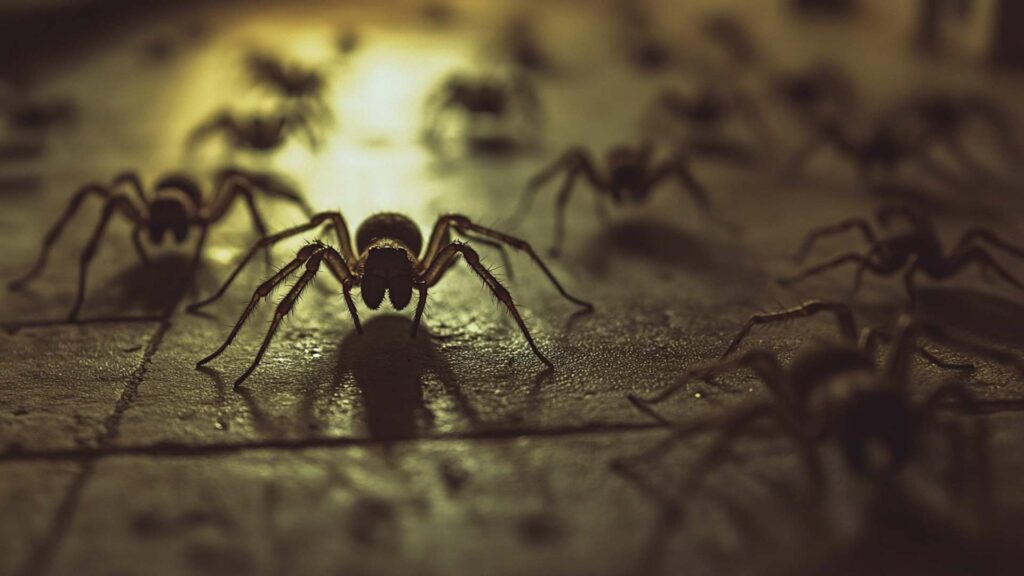
Venom plays a vital role in the hunting prowess of zebra spiders. Like their fellow jumping spider species, they rely on venom as an essential tool while stalking their insect prey.
With exceptional eyesight provided by their eight eyes—two large ones at the front and six smaller ones surrounding them—zebra spiders meticulously track potential meals before launching themselves with remarkable precision. Once they pounce on unsuspecting insects with their swift jumping ability—a trait that characterizes most members of the family Salticidae—the zebra spider’s venom takes effect.
The venom immobilizes the prey swiftly, rendering them helpless and easy to consume. This predatory strategy allows zebra spiders to maintain their population by ensuring a steady supply of food, while simultaneously contributing to the delicate balance within their specific ecosystems.
Misconceptions about Zebra Spiders’ Poisonous Nature
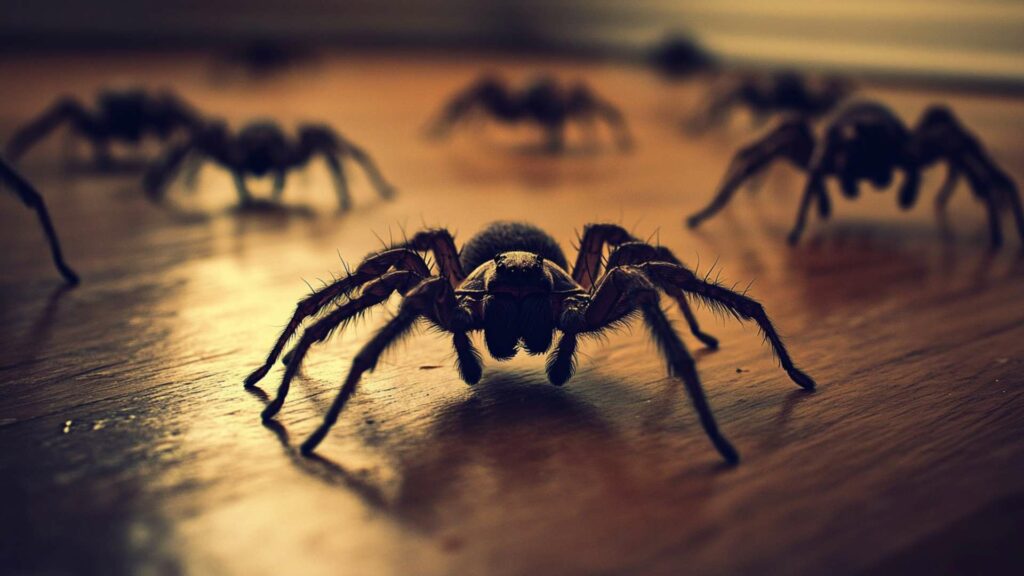
Dispelling Myths: Accurate Information on Zebra Spider Toxicity
Zebra spiders have often been subject to misconceptions regarding their poisonous nature. Contrary to popular belief, zebra spiders are not considered highly poisonous or dangerous to humans. Despite their ability to bite when they feel threatened, these charismatic arachnids pose minimal harm.
Their bites typically cause only mild discomfort and localized swelling, akin to the sensation experienced from a mosquito bite. Addressing common myths surrounding zebra jumping spider and their toxicity is crucial in fostering a better understanding of zebra spiders and dispelling unnecessary fears.
These fascinating creatures play an important role in maintaining insect populations and contribute positively to the overall biodiversity of their habitats. Appreciating them for what they truly are—stripy wonders with no significant threat—allows us to embrace the marvels of nature without unwarranted trepidation.
Safety Measures and Precautions
Sharing Space Harmoniously: Tips for Avoiding Zebra Spider Bites
To minimize the chances of a confrontation with zebra spiders escalating into unwanted bites or potential discomfort, it is essential to recognize their habitats and behavior patterns as part of a proactive approach towards safety: 1: Identifying their habitats: Zebra spiders are commonly found in grassy areas, gardens, shrubs, and even inside homes near windowsills or other warm places where insects reside. 2: Implementing preventive measures indoors and outdoors: Maintaining cleanliness by reducing clutter, sealing cracks, and ensuring proper ventilation can deter zebra spiders from entering homes.
Regularly inspecting outdoor spaces and removing debris or dense vegetation can also minimize encounters. By being aware of these simple precautions, we can coexist peacefully with these remarkable creatures while appreciating the beauty they bring to our surroundings.
Conclusion
Zebra spiders might exhibit a charming appearance with their vivid stripes and intricate dance-like movements, but their bites should not be a cause for concern. While some individuals may experience allergic reactions to their venom—often linked to allergies towards other arachnids—such instances are exceedingly rare. Zebra spider bites typically result in minimal injury and localized discomfort akin to a mosquito bite.
Understanding the role of venom in their hunting strategies and debunking misconceptions about their toxicity allows us to appreciate zebra spiders as fascinating contributors to our ecosystems. By adopting simple safety measures and avoiding unnecessary alarmism, we can coexist harmoniously with these delightful creatures that enrich our natural world.
Dominate Spiders with D-Termination: The Foremost Pest Control in Las Vegas!

If spider concerns are arising in your Las Vegas property, fret not—D-Termination offers the remedy. Our adept team specializes in eradicating spider infestations, restoring serenity and calm to your space. Bid farewell to spiders—opt for D-Termination’s effective pest control today!
Connect with us at 702-919-6310 or explore dtermination.com to schedule your spider control service and take back your space from these unwelcome pests.
Frequently Asked Questions:
Zebra spiders can be considered beneficial in controlling insect populations.
Zebra jumping spiders are not particularly rare.
A bite from a zebra jumping spider is usually harmless, causing minor irritation.
Zebra spiders commonly inhabit gardens, grassy areas, and plants.

